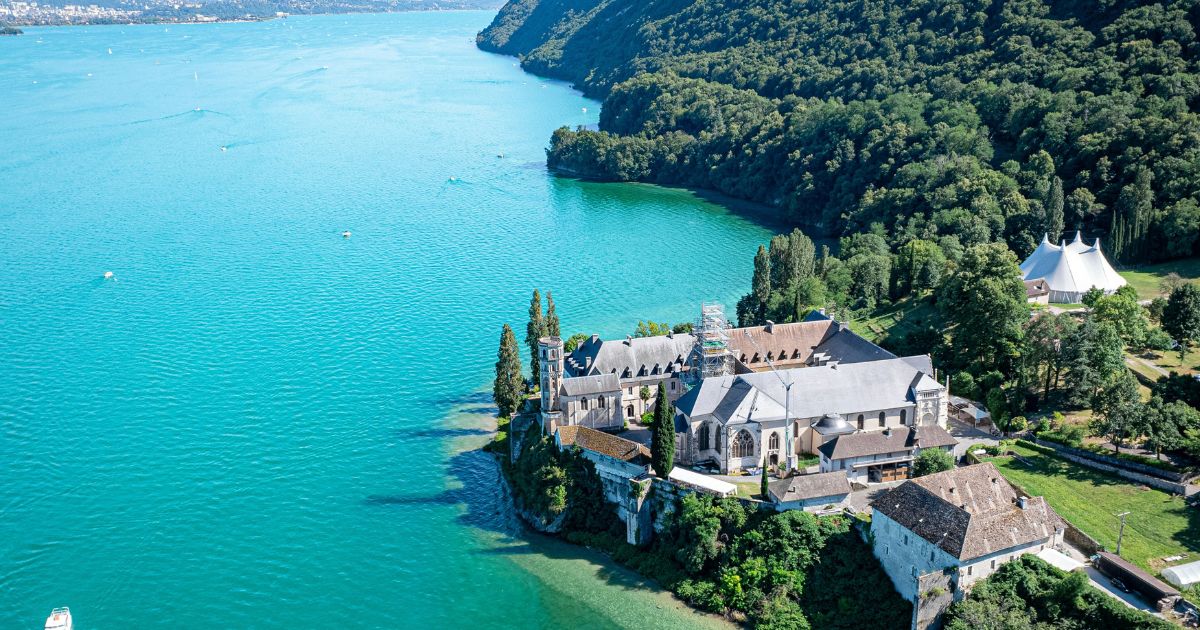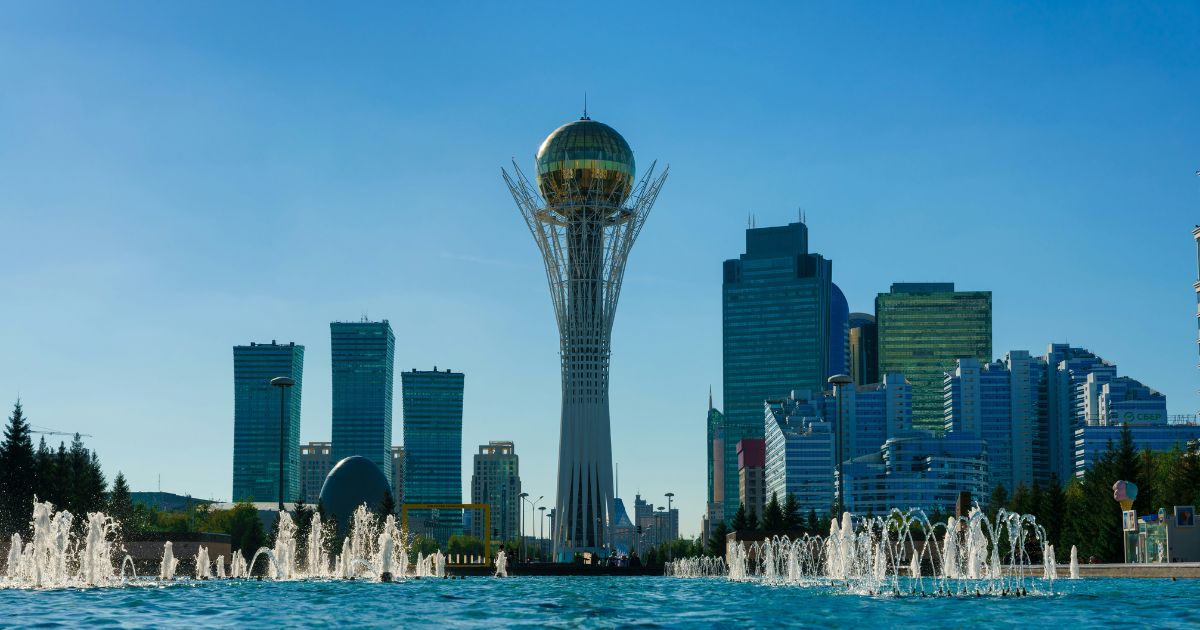An Indonesian archipelago containing three-fourths of all the coral species on Earth, an Icelandic coastline containing 70 percent of the nation’s vegetation, and a stretch along Angola’s Atlantic coast with savannahs, forests, and estuaries are among 26 new biosphere reserves approved by UNESCO.
Lake Bourget in the French Alps was one of the sites to be declared a biosphere reserve, with the UN ascribing this to its over 6,100 registered animal and plant species, as well as the marshes and tides between the Vilaine and the Loire rivers.
The United Nations cultural agency reports that the reserves – 785 locations in 142 nations, established since 1971 – hold some of the world’s wealthiest and most sensitive ecosystems. Yet biosphere reserves are more than strictly protected nature reserves; they’re extended to encompass areas where people reside and work, and designation involves making scientists, residents, and government officials collaborate to serve both conservation and research, and local economic and cultural requirements.
“Biosphere reserves are the idea that the conservation of biodiversity is a foundation of socioeconomic development,” and can be an economic contribution, explained programme head António Abreu, noting that conflict and misunderstanding can arise if local communities are excluded from decision-making and planning.
The new reserves, in 21 nations, were unveiled Saturday in Hangzhou, China, where the program accepted a 10-year strategic action plan with measures including the study of the impact of climate change, Abreu said.
The new reserves encompass a 52,000-square-mile (135,000-square-kilometre) region in the Indonesian archipelago, Raja Ampat, which is occupied by more than 75 percent of earth’s coral species, along with rainforests and endangered sea turtles. Its economy relies on fishing, aquaculture, small-scale farming, and tourism, UNESCO added.
On Iceland’s west coast, the landscape of the Snæfellsnes Biosphere Reserve consists of volcanic mountains, lava deserts, marshes, grasslands, and the glacier of Snæfellsjökull. Covering 1,460 square kilometres (564 square miles), the reserve is a critical refuge for seabirds, seals, and more than 70 percent of Iceland’s vegetation – 330 species of ferns and wildflowers. More than 4,000 of its inhabitants survive on fishing, sheep herding, and tourism.
And in Angola, the new Quiçama Biosphere Reserve, along 206 kilometres (128 miles) of Atlantic coastline, is a “sanctuary for biodiversity” in its savannahs, forests, flood plains, estuaries and islands, says UNESCO. It’s home to elephants, manatees, sea turtles, and over 200 bird species. Livelihoods of residents include livestock herding, agriculture, fishing, and honey production.
Residents are important partners in protecting biodiversity within the reserves, and have even helped identify new species, said Abreu, the program’s leader. Meanwhile, scientists are also helping to restore ecosystems to benefit the local economy, he said.
For instance, in the Philippines, coral reefs surrounding Pangatalan Island were badly damaged due to local fishermen bombing the area with dynamite in an attempt to locate depleted fish stocks. Scientists assisted in planning a structure that would enable coral reefs to regrow and educated fishermen to breed fish using aquaculture so the reefs could recover.
“They have food, and they also have fish to sell in the markets,” Abreu said.
In the African country of São Tomé and Príncipe, on Príncipe Island, a biosphere reserve contributed to the restoration of mangroves, which act as buffers against storm surges and are critical habitat, Abreu explained.
Ecotourism also emerged as a significant sector, with biosphere trails and guided birdwatching excursions. A new owl species was discovered there in recent years.
For the first time this year, a biosphere reserve has been included for the island of São Tomé, and the country is now the first one completely included in a reserve.
At least 60 percent of the UN Educational, Scientific and Cultural Organization biosphere reserves have been hit by extreme weather linked to climate change, brought about mainly by fossil fuel combustion, including extreme heat, drought, and sea-level rise, Abreu added.
The agency is applying satellite images and computer models to track alterations in coastal areas and other regions, and digitizing its historical records, Abreu said. The data will be utilized to assist in deciding how to best protect and manage the reserves.
Some biosphere reserves are also being affected by environmental degradation.
In Nigeria, habitat for a declining population of critically threatened African forest elephants is being threatened as cocoa farmers encroach into Omo Forest Reserve, an off-limits rainforest and one of Africa’s oldest and largest UNESCO Biosphere Reserves. The forest is also crucial to combat climate change.
The Trump administration in July stated that the US will leave UNESCO as of December 2026, as it did from his first administration, stating that US participation is not in the national interest. The US has 47 biosphere reserves, the majority of which are within federally protected areas.




